If you’ve used Facebook Ads in the past, you might know that they have the potential to change your business overnight.
However, after having use Facebook Ads for a while now, it may be the case that your results have plateaued and that you feel as though you’ve reached a ceiling, in terms of what you can accomplish with Facebook Ads.
If that is so, then this blog post might help you.
That’s because today we’re going to take a look at some often ignored Facebook Ad features.
Features that have the ability to take your campaigns to the next level.
We’ll explore each feature and have a discussion on how you can implement the feature into your business.
By the end of this post, you’ll leave feeling confident that you can achieve a lot more, all by making a few simple tweaks to your Facebook Ad campaigns and the ad set up process that you currently use.
Let’s begin.
Custom Audiences
There’s a good chance that you’ve heard of Custom Audiences by now, but you may also have no idea what a Custom Audience really is.
Essentially, a Custom Audience is a specific, target audience that you create or provide Facebook with.
So, for example, let’s imagine that you have a list of email addresses that you have collected from people who have bought from you in the past.
If you upload that list of email addresses into Facebook, you’ll have created a ‘Custom Audience.’
Your ability to create a Custom Audience isn’t limited to your ability to provide email addresses, however.
That’s because you can also create a Custom Audience using phone numbers, people who visit your website and Facebook User IDs, too.
So, what’s the benefit of having a Custom Audience?
Well, you’ve probably heard that it’s easier to sell to existing customers than it is to new customers – and that’s generally true.
The chart below supports this fact and shows how the likelihood of a purchase can rise after each purchase with a given company.
After all, you’ve already proved to an existing customer that you’re someone who can be trusted and that your products provide real value – so why wouldn’t they want to buy from you again, if given the chance?
Most companies tend to sell to existing customers using email.
However, you could argue that at times email can be a busy channel of communication, limiting your ability to market as well as you’d like to.
With a Facebook Custom Audience, though, you don’t necessarily need to market via email.
Rather, you can market to your customers and target audience while they’re on Facebook.
The ability to reach your customers, in this way, increases the odds of them checking out what you have to offer.
In fact, companies like JackThreads have experienced a 6X return on their ad spend, thanks to using Custom Audiences in this manner.
Let’s quickly take a look at how you can create a Custom Audience.
Go to https://facebook.com/ads/manager/
Click on Tools>Audiences.
Then, click on ‘Create Audience,’ and select Custom Audience.
You now have the chance to select the kind of Custom Audience that you want to create.
The option you pick is going to depend on your business statistics.
If you have a thriving website, but no email list, pick website traffic.
If you have no website, but a large email/phone number/UserID list, pick ‘Customer List.’
If you’re going to go with the Customer List option, you have a number of ways in which you can import data – just pick the one that works best for you.
If you go with the option of Website traffic, you’ll see the following screen.
Here, you need to decide what kind of website traffic you want to track for this specific audience.
This is important.
We won’t go into too much detail here, but you can use different options for different objectives.
For example, the ‘specific web pages’ option can be a good one, if you’re looking to persuade people to buy something that they were previously looking at on your website.
It can also be a good option if you want to promote an upsell that goes with a certain product.
There’s also an option where you can decide how long people will remain a part of this audience, after they have taken the action you previously selected.
If you pick a date that’s too far into the future, people might get fed up with seeing your advert all the time and it may build contempt for your brand – so leave it at around 30 days, for now.
For the ‘website traffic’ option to work, you’ll need to install something known as a Facebook Pixel onto your site.
To set up your Facebook Pixel, go to Facebook.com/ads/manager/ and then select ‘Pixels’ from the ‘Tools,’ dropdown menu.
Follow the instructions and contact your hosting company if you need some advice on installing a Facebook Pixel.
Lookalike Audiences
Creating a Custom Audience is all well and good – but what if your Custom Audience isn’t that large – what then?
Thankfully, Facebook has a solution for you and it comes in the form of something known as Lookalike Audiences.
Using Lookalike Audiences, Facebook will create an audience that has similar traits to the Custom Audience you provided initially.
Banana Republic managed to achieve a 60% higher CTR with this particular ad set up, when compared to other display networks, using Facebook Lookalike Audiences.
Facebook can create Lookalike Audiences for all kinds of ‘Custom Audiences.’
To set up a Lookalike Audience, all you have to do is go to Facebook.com/Ads/Manager/ and then select the ‘Audiences’ option from the ‘Tools’ dropdown menu.
Once there, you click on the ‘Create Audience,’ and select ‘Lookalike Audience.’
You then get the chance to adjust the settings of your Lookalike Audience.
As you can see, there’s not much to do here.
Just select the Custom Audience that you want to model, pick a country that you want to target and then select an ‘Audience Size.’
It’s best to pick a relatively small audience size, for the moment.
That’s because as the audience size gets larger, the similarity between the Lookalike Audience and the Custom Audience that Facebook is modeling begins to fall.
Of course, keep in mind that you can always increase the audience size, once you begin to see some results.
In fact, if you want to, you can click on ‘Advanced Options’ and create multiple Audiences, each of which represent a different size.
If you have the budget to do so, this will let you quickly find the upper limits of what can be done.
Audience Insights
So far, everything we have explored relates to what you can do to better target your ad set up, if you already have customers.
But, what if you don’t have any customers and you don’t have a clue as to the traits of your ideal customer?
How can you make sure that you get your ads in front of the right people?
Facebook has a solution for you and it comes in the form of a tool called ‘Audience Insights.’
Using Audience Insights, you can gather detailed targeting information, just by inputting a few data points.
You can find the Audience Insights tool by going to Facebook.com/Ads/Manager and then selecting Audience Insights from the ‘Tools’ menu.
Upon clicking that link, you’ll then need to let Facebook know what audience you want it to analyze.
Note: If you want to find out more about your Custom Audience, select the Custom Audience option here. This is helpful, because it will help you uncover unusual and perhaps more precise ways to get in front of your target audience.
Because we’re approaching this from the standpoint of someone who doesn’t know much about their target audience, or is at least relatively new to a certain market, let’s go with the option of ‘Everyone on Facebook.’
For the sake of this post, let’s say I want to sell a ‘Ruby on Rails’ course and I want to find out how to target those interested in ‘Ruby on Rails’ on Facebook.
All that I have to do is type Ruby on Rails into the ‘Interest’ section.
Immediately after doing so, I can explore a ton of data that shows me what I need to input into Facebook Ad copy.
If you want some quick results, it’s a good idea to borrow some of the targeting information from the ‘Page Likes’ section.
Here, I can see the various interests that I can target in my ad copy if I want to get in front of my ideal customer.
You can cherry pick from these targeting options – or you can just create a Facebook Ad using all of this data combined together.
You can do that by clicking on ‘Create Advert.’
Note: You can also save an audience for later, should you want to come back to it.
Facebook Lead Ads
The next feature we’re going to take a look at is Facebook Lead Ads.
Facebook Lead Ads is a relatively new ad product.
Essentially, a Facebook Lead Ad campaign allows for you to collect leads from within Facebook.
That means that people won’t have to click through to your landing page in order to provide their details and access your free offer.
Jon Loomer managed to set up a Lead Ad campaign that generated leads at $0.45 per registration – which is almost half of what he was paying before.
Facebook Lead Ad campaigns have the potential to work well, for a couple of reasons.
First, filling in the opt-in form that’s provided by a Facebook Lead Ad is a lot easier that filling in a normal opt-in form.
That is because the user’s email address and name are entered automatically.
Second, Facebook Lead Ads reduces the need for you to build a lot of trust.
Because everything takes place on Facebook (a social media site that people already like, know and trust) there’s less resistance.
Of course, the prerequisite here is that you don’t take advantage of these prospects.
Always respect the wishes of the person who has trusted you with their personal information and don’t abuse the power Facebook has given you!
So, how do you go about setting up some Facebook Lead Ad campaigns?
Head over to https://www.facebook.com/ads/manager/creation/
Select ‘Collect leads for your business.’
Select a personal Facebook Page (or create one) that relates to your ad campaign efforts.
Note: It’s worth mentioning that if you’ve created an audience of any kind before, maybe using Audience Insights, you can select ‘Custom Audience,’ when setting up your ad.
We won’t go through the general ad set up process here, as I’ve covered that here and here.
The part of the ad set up process that we will touch on, however, is choosing when and how you’re being charged.
If you ever find that your Facebook Lead Ad campaigns aren’t working out as you’d like them to, switch the ‘Optimization’ method from ‘Leads’ to ‘Link Clicks.’
Also consider experimenting with ‘Manual’ bidding, too.
Switching these settings around can help you find the sweet spot, in terms of how much you need to be paying.
Once you’ve reached the ‘Adverts,’ section, scroll down to the bottom and click on ‘Create Form.’
Select the option ‘New Form.’
Give your form a name and select a language.
You then have the ability to choose what information you want to ask for.
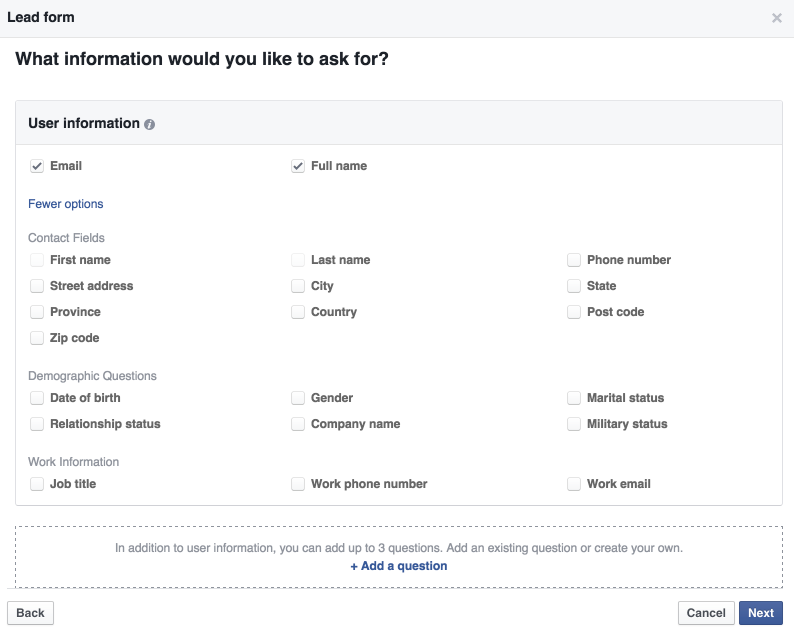
You can also ask up to 3 questions of your own.
You then need to provide a link to your Privacy Policy. You need to make sure that this Privacy Policy is hosted on your website.
It’s also worth adding a ‘Custom Disclaimer,’ to the ads manager.
This allows for you to link to a ‘terms and conditions’ statement or page, too – as shown below.
Once you’ve done all of that, you then need to provide a link to your website.
More often than not, this is where you link to whatever you were promising to provide in exchange for the contact information.
Facebook also allows for you to include something known as a ‘Context Card,’ with your ad copy.
This is what people see, in between clicking on your ad and seeing the opt-in form.
A context card is a great ads manager addition which can be a great way to ‘pre-sell people,’ by providing some ad copy bullet points that remind people what you’re offering and the benefits they receive, should they engage with you.
Of course, as is often the case with online marketing, you’ll want to split test this to see how well it works for you.
Finally, you’ll get to see how your form looks.
Once you’ve finished creating your form, you can then go about creating the actual ad copy.
This process is no different to what you’d go through when creating any other ad copy.
One aspect worth paying attention to, though, is the ‘Call to Action.’
Make sure that you pick something that accurately represents the objective of your Facebook Lead Ad.
Conclusion
In this article, we’ve explored what steps you can take if you feel as though your Facebook Ad efforts have plateaued.
Whether you now decide to create a ‘Lookalike Audience’ or to experiment with ‘Facebook Lead Ads.’ there’s a lot for you to now check out.
Test the features we’ve covered in this post and let me know how things turn out!
Do you have any information you can share, when it comes to ignored Facebook Ad Features? Let me know below.


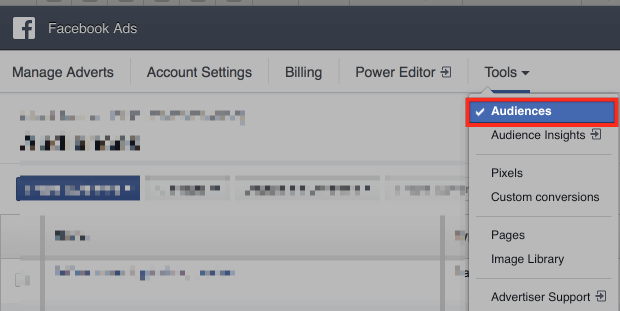

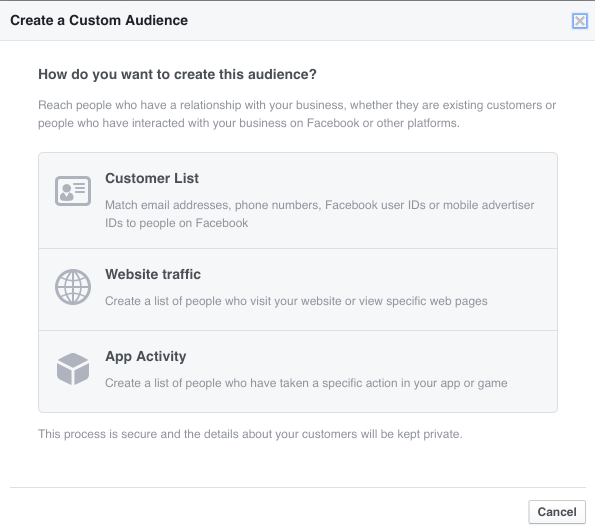
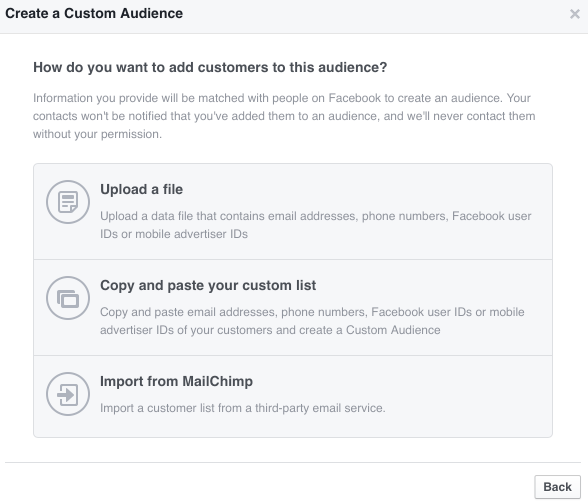
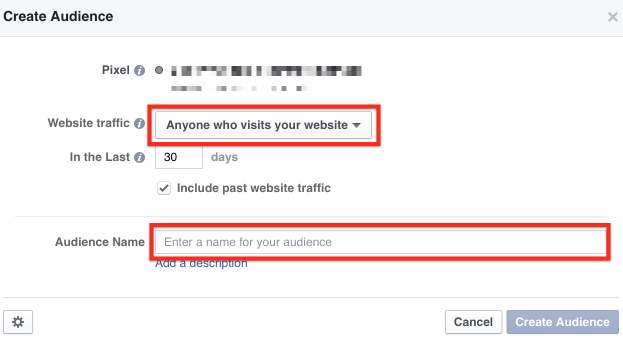
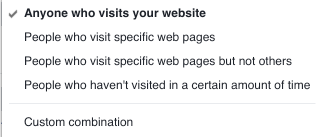
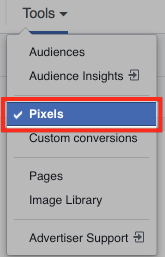
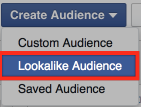
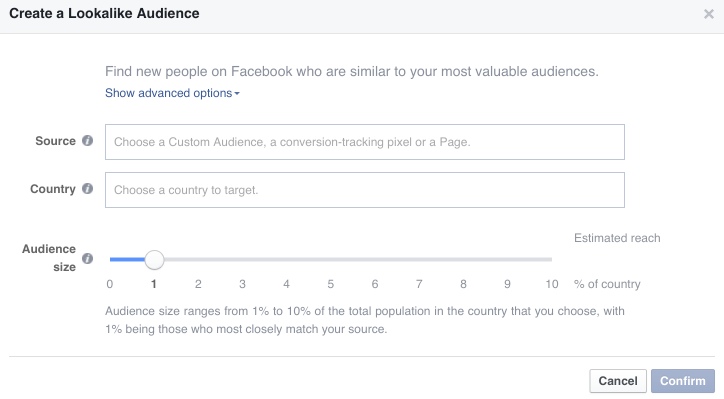
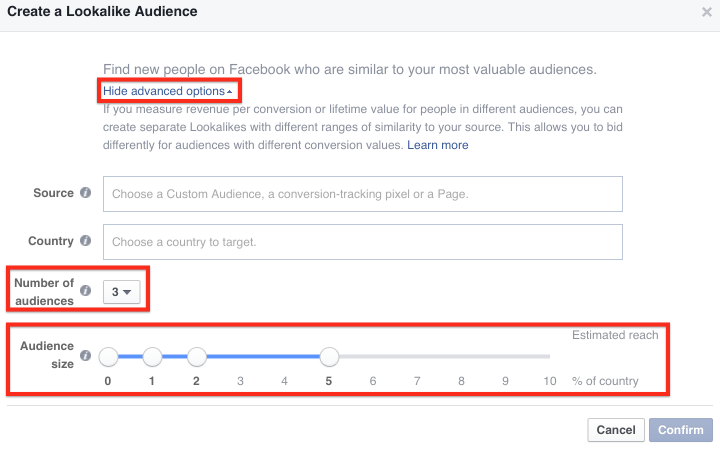



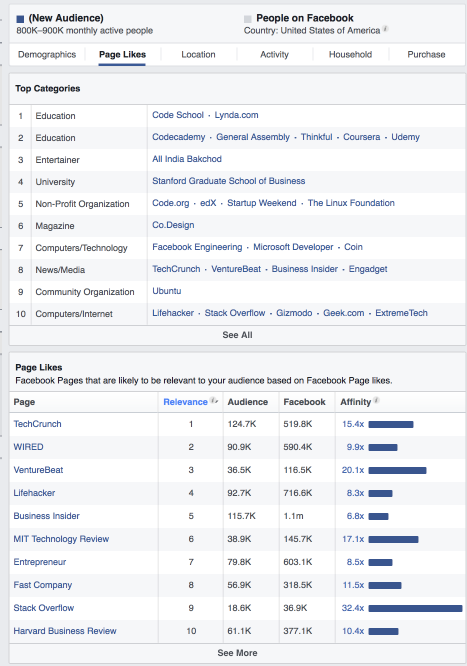


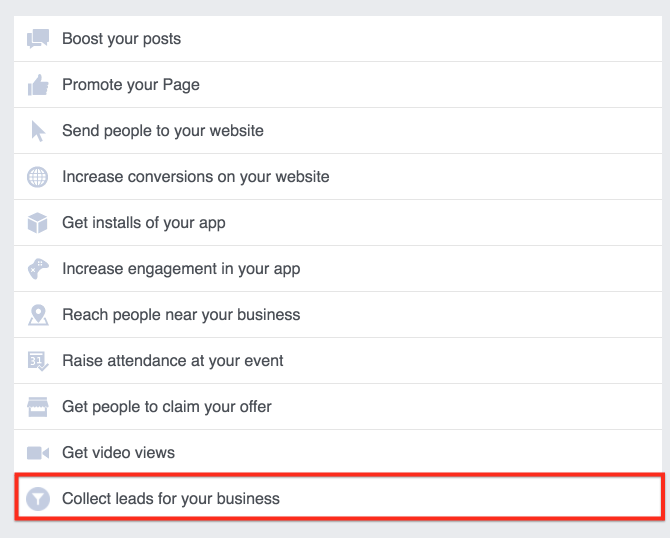
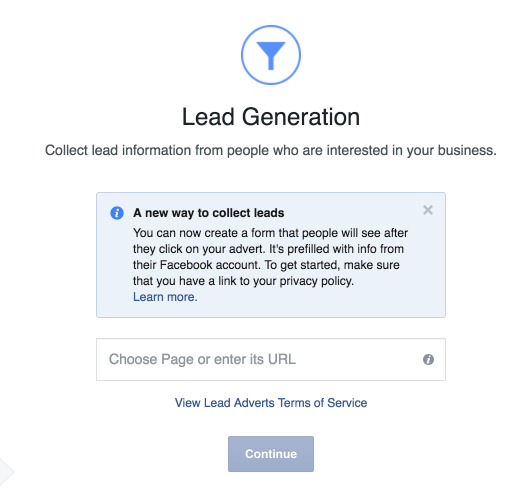
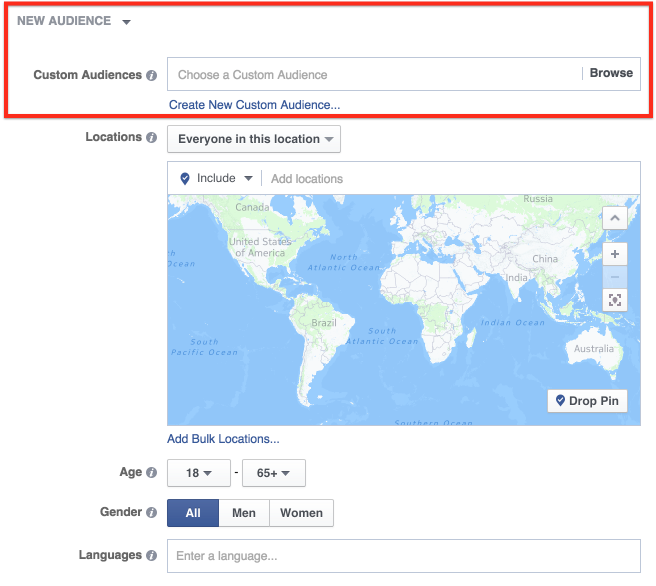




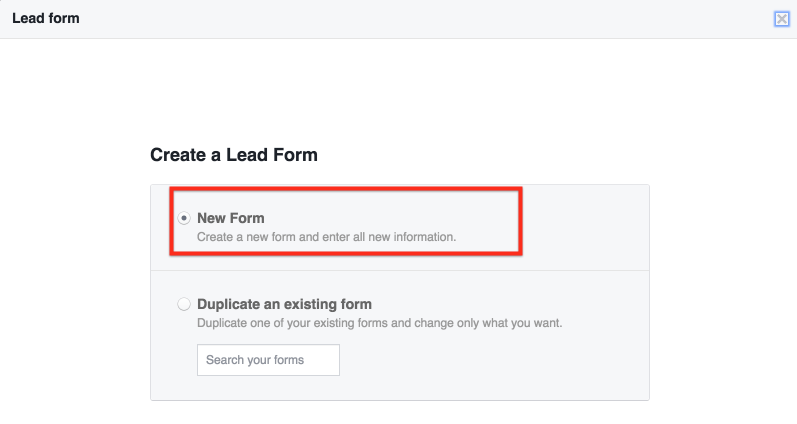

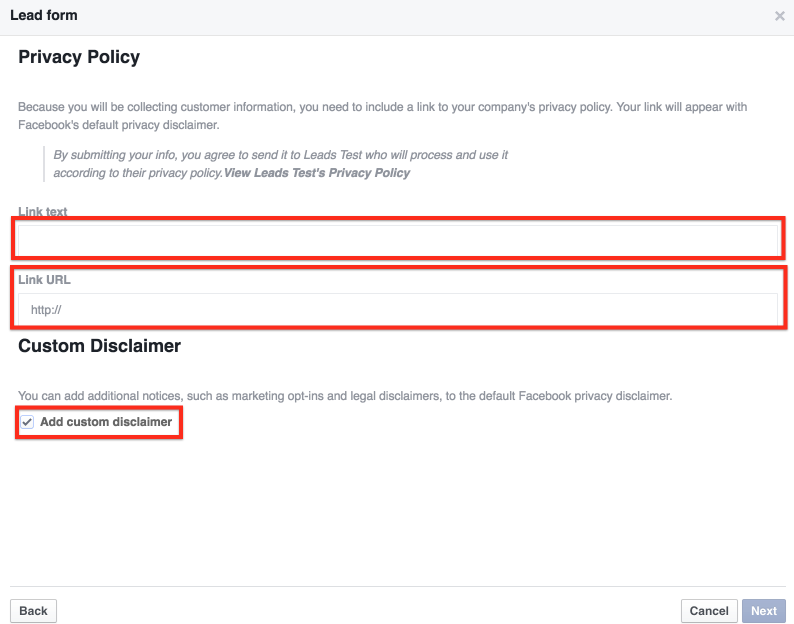
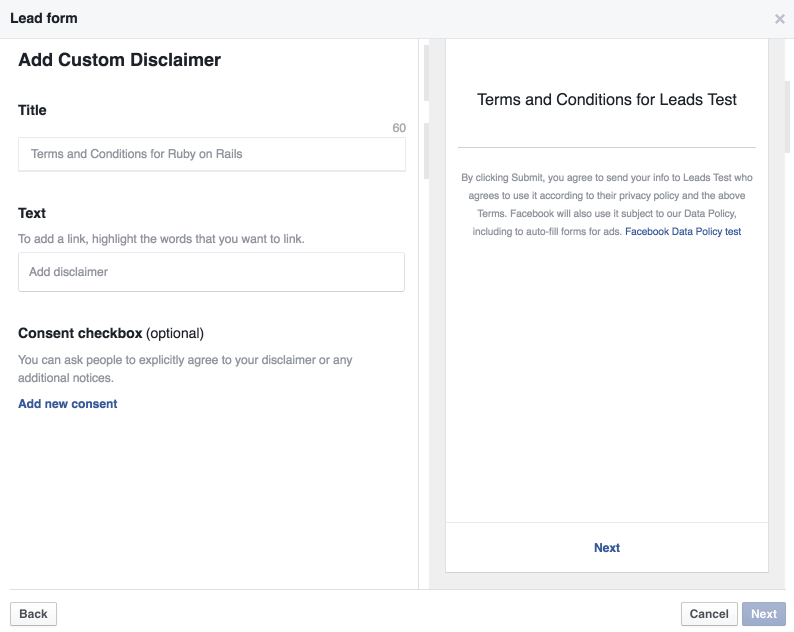
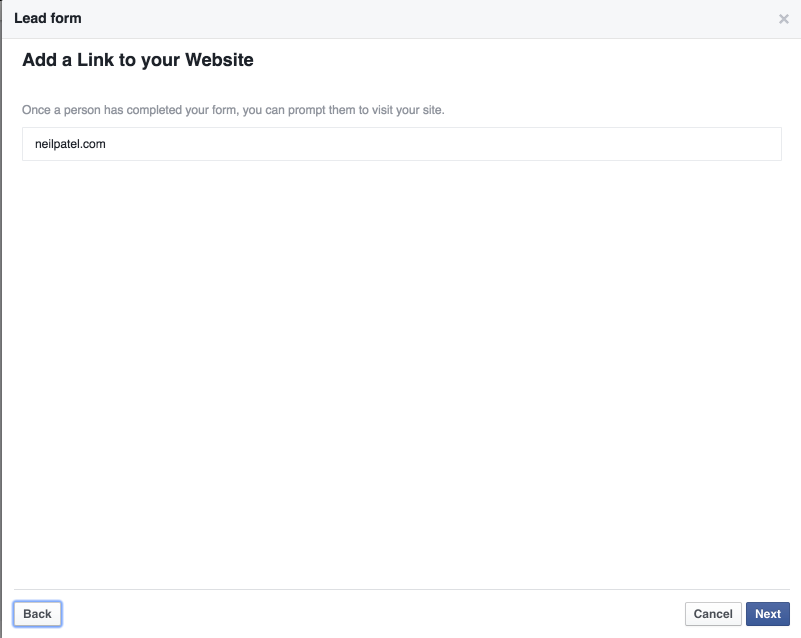
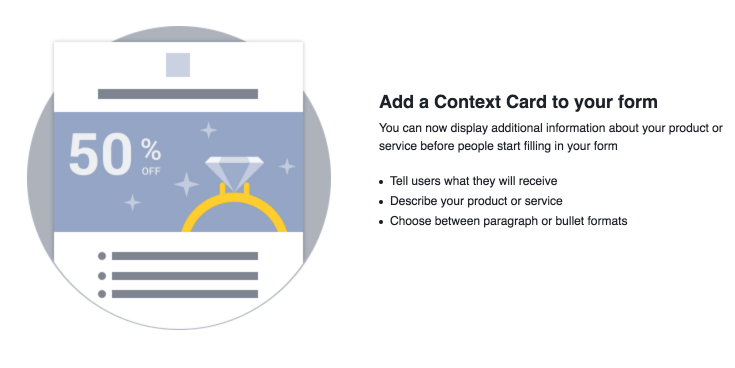

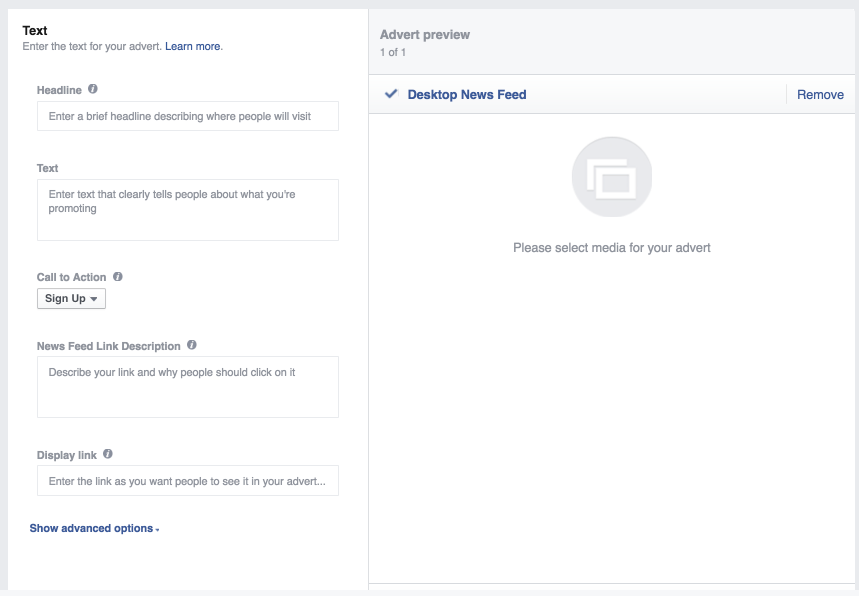
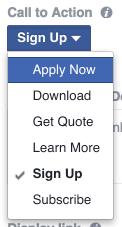
Comments (11)